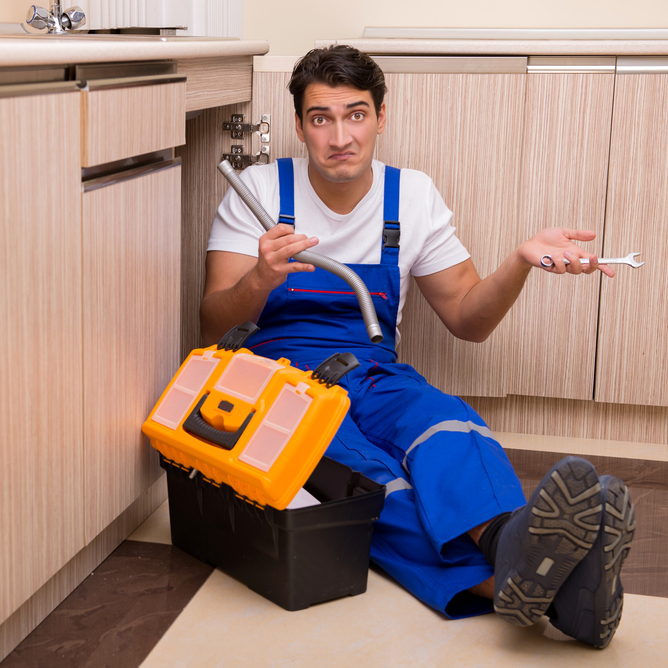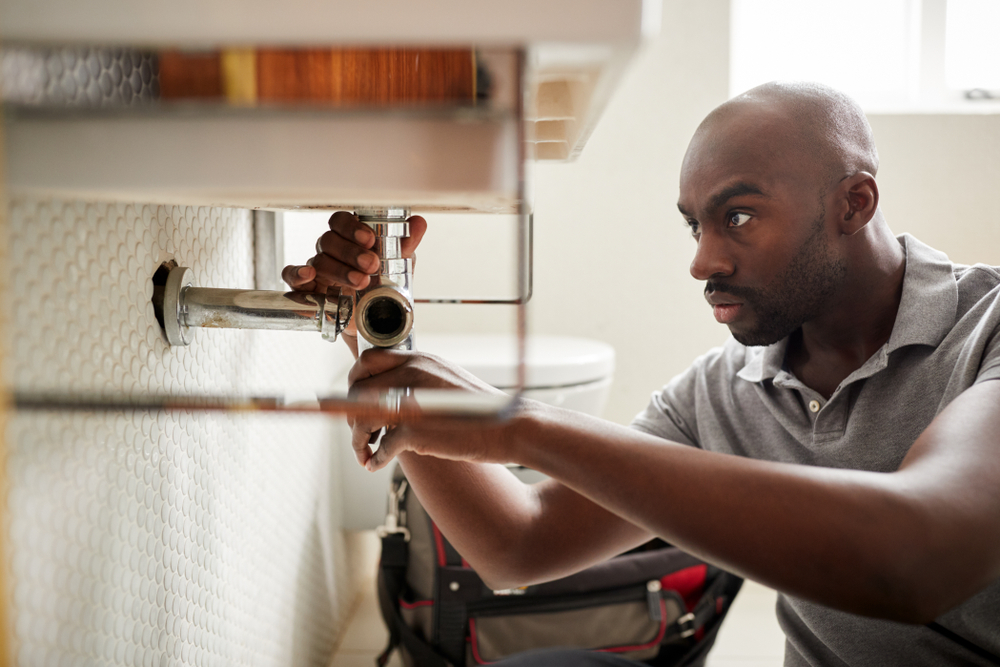Choosing When to DIY and When to Contact Qualified Plumbing Services
Choosing When to DIY and When to Contact Qualified Plumbing Services
Blog Article
How do you really feel in regards to When to DIY and When to Call a Professional Plumber?

Introduction
Plumbing concerns can range from small aggravations to major headaches, usually prompting home owners to make a decision in between tackling the trouble themselves or hiring a professional plumber. Knowing when to DIY and when to seek specialist help can save time, money, and prevent potential disasters. This short article explores the aspects to take into consideration when making this critical decision.
Advantages of DIY Plumbing
Tackling pipes jobs on your own can be satisfying in several ways, particularly for easier projects.
Price Financial savings
Do it yourself plumbing projects often conserve money by staying clear of specialist service charge. Jobs like dealing with small leaks, changing taps, or setting up new showerheads are instances where home owners can manage repair services without hiring a plumbing technician.
Ability Improvement
Taking part in do it yourself plumbing offers a chance to find out and improve practical abilities. Basic tasks equip house owners to comprehend their pipes systems better and get self-confidence in taking care of small fixings individually.
Dangers of DIY Plumbing
While do it yourself projects offer benefits, specific dangers need to be carefully thought about before trying repair services.
Complexity of Jobs
Some plumbing concerns call for specialized understanding and tools past common property owner abilities. Messing up intricate troubles can cause further damages and expensive fixings.
Safety Worries
Collaborating with plumbing systems includes dangers such as exposure to water damages, possibility for electrical dangers, and taking care of tools improperly. Safety and security precautions need to be observed to prevent crashes and guarantee efficient repair services.
Indicators to Call a Professional Plumber
Recognizing when a plumbing issue surpasses do it yourself capacities is vital to preventing getting worse issues.
Indications of Facility Issues
Examples include:
Motivate specialist intervention is necessary to attend to these concerns effectively and reduce damages.
Do It Yourself Pipes Tips
For effective do it yourself pipes, it's necessary to be prepared with the right tools and comply with correct procedures.
Basic Tools and Products
Trick devices for DIY pipes:
Step-by-Step Guides
Clear instructions make certain risk-free and efficient do it yourself repair work:
Picking the Right Time to Do It Yourself
Figuring out when to take on pipes tasks yourself calls for assessing both the intricacy of the problem and individual convenience levels.
Assessment Checklist
Think about:
When to Absolutely Call an Expert
Particular circumstances demand prompt professional attention to prevent considerable damages or safety dangers.
Instances include:
Finding and Hiring a Specialist Plumbing
Selecting a certified plumbing guarantees reputable solution and comfort in dealing with pipes issues.
Requirements for Selection
Factors to think about:
Expense Evaluation: do it yourself vs. Professional Solutions
Contrasting the financial effects of DIY efforts versus expert pipes solutions assists in making notified decisions.
Financial Considerations
Assess:
Conclusion
Choosing whether to DIY or call a professional plumber rests on comprehending the complexity of plumbing issues and personal capabilities. By weighing the benefits and risks, home owners can make educated selections that promote efficient upkeep and secure their homes from plumbing catastrophes.
DIY Plumbing Projects: What Homeowners Can Do and When to Call a Professional
Welcome to our comprehensive guide on DIY plumbing projects. In this blog post, we aim to empower homeowners with the knowledge and skills to tackle basic plumbing tasks around the house. From unclogging drains to fixing a leaky faucet, we’ll walk you through step-by-step instructions on how to handle these common issues.
However, not all plumbing problems can or should be solved with a DIY approach. Recognizing when a problem is beyond your skill level and requires professional intervention is just as important as knowing how to perform basic tasks. We’ll also discuss the signs that indicate it’s time to put down your tools and pick up the phone to call a professional plumber. By understanding when to DIY and when to call a professional, you can save time, avoid potential disasters, and ensure your home’s plumbing system remains in top shape.
Understanding Plumbing Basics
Before we dive into the DIY projects, let’s take a moment to understand the basics of your home’s plumbing system. A typical residential plumbing system consists of two major components: the water supply system, which brings fresh water into your home, and the drainage system, which removes waste water. These systems are made up of a network of pipes, valves, and fixtures that work together to deliver clean water and dispose of waste efficiently.
Regular maintenance of your plumbing system is crucial to prevent minor issues from escalating into major problems. This includes tasks like checking for leaks, removing minor clogs, and ensuring your pipes are insulated for winter. By performing these tasks regularly, you can extend the lifespan of your plumbing system, save money on water bills, and maintain the comfort and hygiene of your home.
In the following sections, we’ll explore some common DIY plumbing projects that homeowners can handle, as well as situations that require the expertise of a professional plumber. Whether you’re a seasoned DIY enthusiast or a beginner, this guide will provide you with valuable insights into the world of home plumbing.
DIY Plumbing Projects Homeowners Can Handle
Plumbing may seem intimidating, but there are several tasks that homeowners can confidently tackle with a little guidance and the right tools. Here are a few common issues you might encounter and how to address them.
Unclogging Drains
Use a Plunger: This is your first line of defense. A good old-fashioned plunger can dislodge the obstruction and clear the drain in many cases. Try a Plumber’s Snake or Hand Auger: If the plunger doesn’t work, a plumber’s snake or hand auger can reach deeper into the pipe to break up the clog. Use a Drain Cleaner: If physical methods fail, a chemical drain cleaner can dissolve the clog. However, use these products sparingly as they can damage your pipes if overused.

I discovered that post about When to DIY and When to Call in the Plumbing Pros while doing a search on the search engines. In case you enjoyed reading our page kindly remember to pass it around. Thank you for your time spent reading it.
Book Service Now Report this page